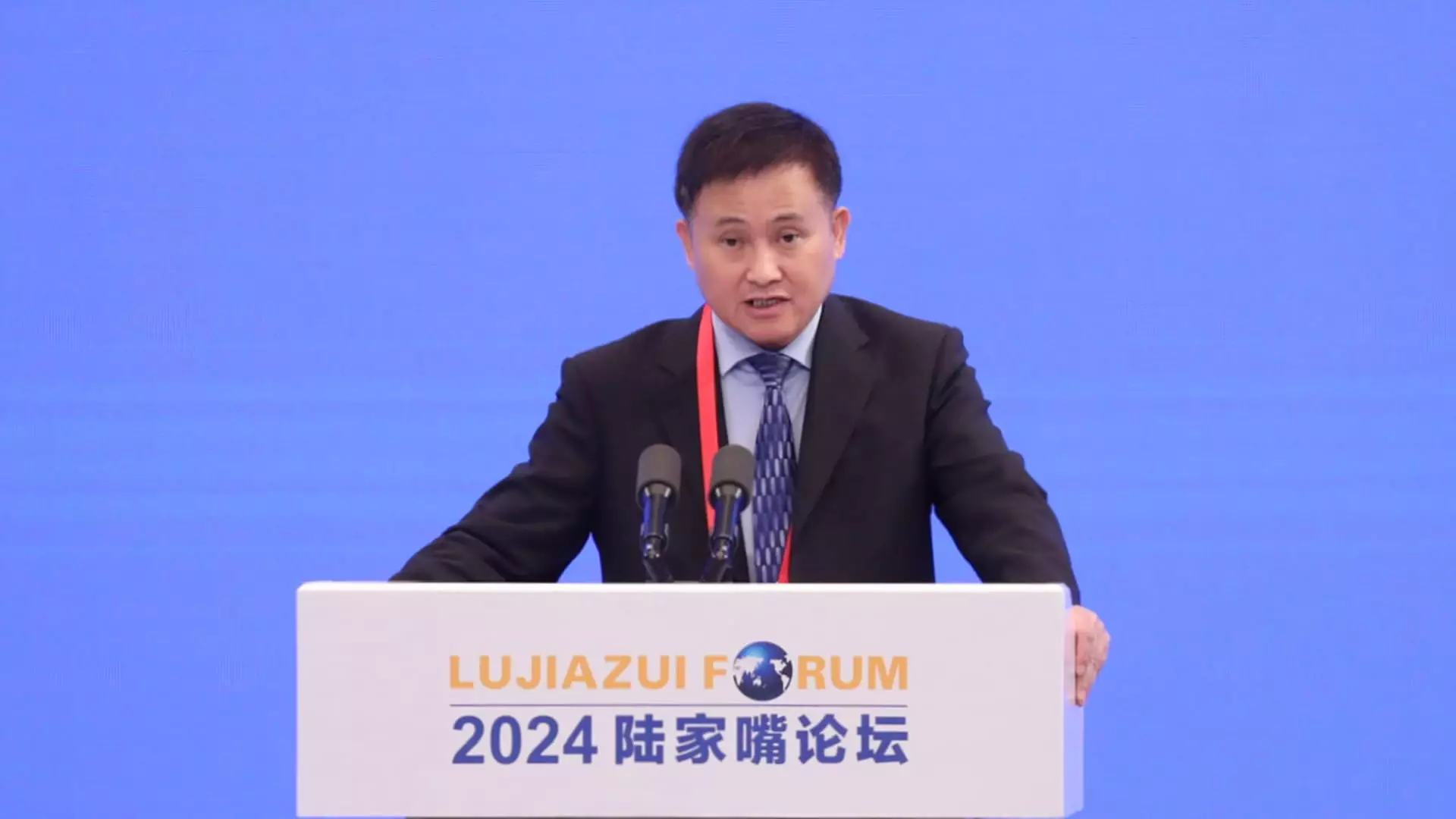As China navigates through a period of economic uncertainty exacerbated by a real estate slump and tepid consumer sentiment, the government is employing strategic measures to stimulate growth. Central to these efforts is the announcement by Pan Gongsheng, the Governor of the People’s Bank of China (PBOC), regarding the reduction of the reserve requirement ratio (RRR) for banks. This adjustment is an integral part of a broader monetary policy strategy aimed at enhancing liquidity within the economy.
The reserve requirement ratio is a critical tool used by central banks worldwide to regulate the amount of funds banks must hold in reserve against deposits. By reducing the RRR, the PBOC is making it possible for banks to lend more money, thereby increasing the money supply. Pan indicated that the RRR would be cut by 50 basis points, with additional cuts potentially occurring before the year concludes. This would provide banks with increased capacity to facilitate loans, a necessary step for invigorating domestic demand and economic activity.
Context of Policy Changes
The recent announcements come in the wake of the U.S. Federal Reserve’s decision to reduce interest rates, which has created an environment conducive to similar monetary policy adjustments in China. The PBOC’s decision to change interest rates is not just reactive to global trends; it reflects a coordinated effort to respond to domestic challenges, including deflationary pressures. This approach emphasizes flexibility and responsiveness in the monetary landscape, where the PBOC must balance between stimulating growth and managing inflation.
During the press conference, Pan hinted at the possibility of further measures, including potential reductions in the loan prime rate—a benchmark that influences borrowing costs for households and companies. The speculated cuts of 0.2% to 0.25% could be pivotal in promoting borrowing and investment, although specifics on timing were not disclosed. This ambiguity reflects the uncertainty inherent in economic forecasting, where variables can shift rapidly based on both domestic and international conditions.
Following these announcements, there was a noticeable shift in China’s bond market, with the yield on 10-year government bonds dropping to a historic low of 2%. This development signifies increased investor confidence in government securities, likely spurred by anticipations of monetary easing. Low bond yields can also indicate weak demand for borrowing, further highlighting the urgency for the PBOC to stimulate economic conditions.
Despite these proactive measures, the broader economic landscape remains challenging. China is currently grappling with issues surrounding consumer confidence and the distressed real estate sector, both of which contribute to slower growth rates. Economists have advocated for a multifaceted approach to stimulus, including fiscal measures alongside monetary adjustments, to effectively revive the economy. The low growth figures indicate a critical need for government intervention to rekindle economic momentum.
As the PBOC prepares to implement these monetary policy changes, the outcomes will be closely monitored both locally and internationally. The central bank’s ability to navigate these turbulent economic waters will significantly impact China’s growth trajectory and could set important precedents for future monetary policy in other economies. The emphasis on versatility in monetary strategy illustrates the complexities of modern economic management, especially during uncertain times. As market participants await the formal policy announcements, it is evident that China is poised to make significant strides in addressing its economic challenges through calculated financial maneuvers. The coming months will be crucial in assessing the effectiveness of these adjustments in fostering a more resilient economic environment.

